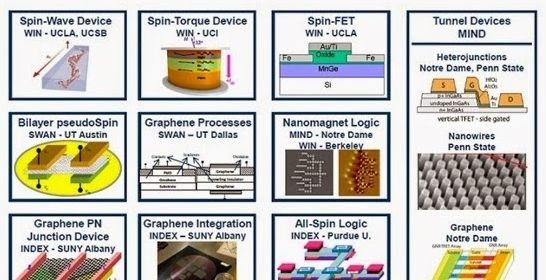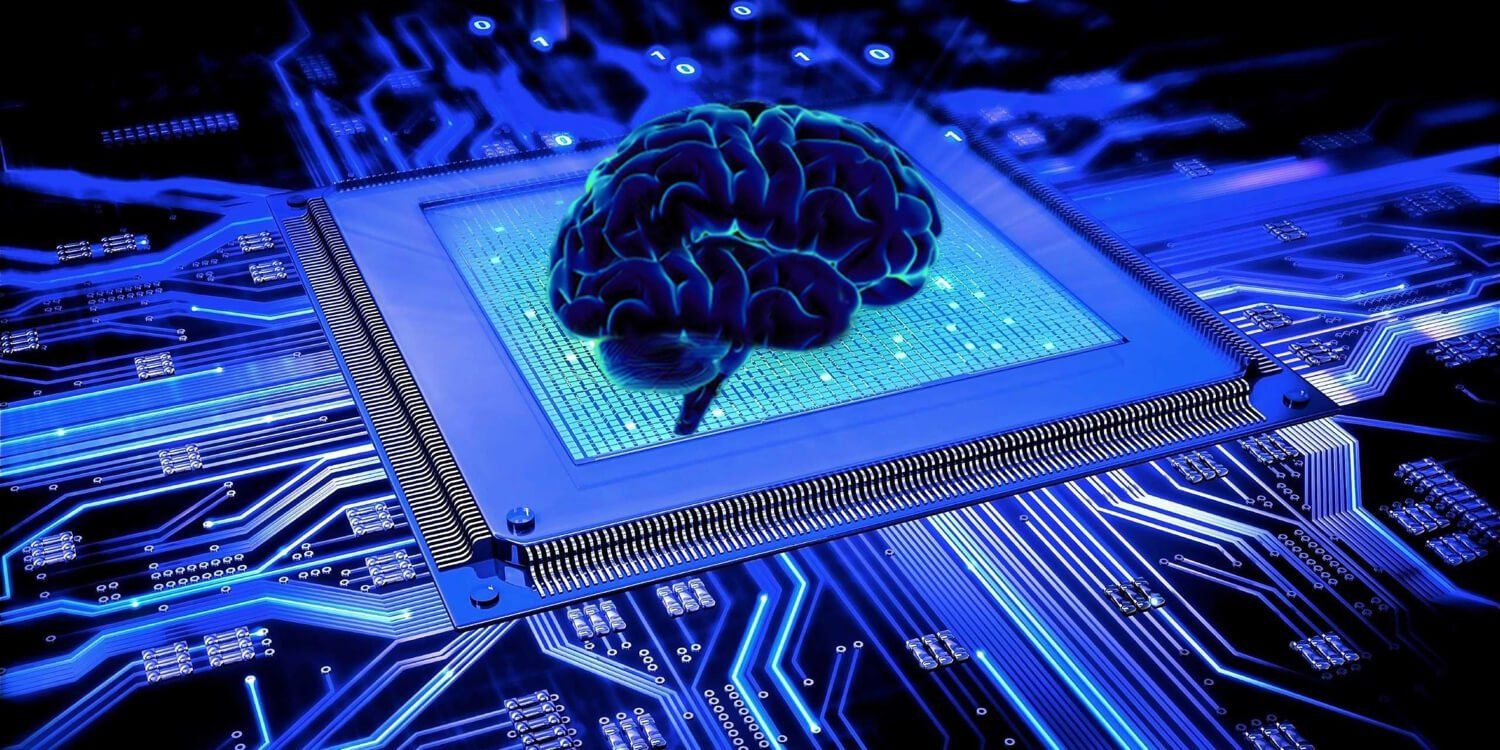In the future, circuits and systems modelled on human brains could end up in everything from supercomputers to everyday smartphones.



NEWS ANALYSIS: The confluence of big data, massively powerful computing resources and advanced algorithms is bringing new artificial intelligence capabilities to scientific research.
WASHINGTON, DC—Massively parallel supercomputing hardware along with advanced artificial intelligence algorithms are being harnessed to deliver powerful new research tools in science and medicine, according to Dr. France A. Córdova, Director of the National Science Foundation.
Córdova spoke Oct. 26 at GPU Technology Conference organized by Nvidia, a company that got its start making video cards for PCs and gaming systems, that now manufactures advanced graphics processor for high-performance servers and supercomputers.

When we type in a search query, access our email via the cloud or stream a viral video, chances are we don’t spend any time thinking about the technological plumbing that is behind that instant gratification.
Sitaram Lanka and Derek Chiou are two exceptions. They are engineers who spend their days thinking about ever-better and faster ways to get you all that information with the tap of a finger, as you’ve come to expect.
Now, they have a new superpower to help them out.

New method for information storage via QC uncovered.
Abstract: Researchers from the Harvard John A. Paulson School of Engineering and Applied Sciences (SEAS) have made a discovery that could lay the foundation for quantum superconducting devices. Their breakthrough solves one the main challenges to quantum computing: how to transmit spin information through superconducting materials.
Every electronic device — from a supercomputer to a dishwasher — works by controlling the flow of charged electrons. But electrons can carry so much more information than just charge; electrons also spin, like a gyroscope on axis.
Harnessing electron spin is really exciting for quantum information processing because not only can an electron spin up or down — one or zero — but it can also spin any direction between the two poles. Because it follows the rules of quantum mechanics, an electron can occupy all of those positions at once. Imagine the power of a computer that could calculate all of those positions simultaneously.

Eurolab HPC tries to assess the future disruptive technology for high performance computing beyond Exascale computers.
They survey the currents state of research and development and its potential for the future of the following hardware technologies:
CMOS scaling
Die stacking and 3D chip technologies
Non-volatile Memory (NVM) technologies
Photonics
Resistive Computing
Neuromorphic Computing
Quantum Computing
Nanotubes
Graphene and
Diamond Transistors

Machines enrich and enhance our lives, whether it’s the smartphones that allow us to stay connected or the supercomputers that solve our toughest computational problems. Imagine how much more productive and innovative our world will be when computers become infinitely more powerful. Indeed, the growing field of quantum computing may make our current technological capacities look feeble and primitive in comparison. It could even transform the workings of the human brain and revolutionize how we think in ways we can’t begin to imagine.
Today, computers operate at the most basic level by manipulating two states: a zero or a one. In contrast, quantum computers are not limited to two states, but can encode information in multiple states that exist in superposition, also known as quantum bits or qubits.

In other words, this technology takes advantage of one of the most fascinating properties of the quantum world: the ability of subatomic particles to exist in more than one state at any given time. Consequently, a quantum computer can perform many calculations at the same time, whereas a traditional Turing machine can only perform a single calculation at once. Such quantum machines will be millions of times more powerful than our most powerful current computers.

Scientists all around the world are working towards making the quantum computing a reality for past few years as it will bring another revolution in the world of technology. Quantam computers are thousands of times faster and way smaller than the conventional computing devices as they use photons to do computing and are also compatible with fibre optics.
A team of researchers from the University of Innsbruck in Austria claims that they have invented world’s first scalable quantum computer. Although the device is still several years behind coming to reality but still scientists consider it as a giant leap towards bringing quantum computers into people’s hands.
From hypothetical models in last decade to practical models now is promising. Former Microsoft CEO Bill Gates believes that we will make quantum computers by next decade. This promising, complex technology may soon amplify the capabilities of today’s computers, which will greatly benefit science and business organizations by helping them work faster and more efficiently. Quantum computers are next step of computers and they can solve problems with ease which are nearly impossible for computers and supercomputers of current generation.

IBM delivered on the DARPA SyNAPSE project with a one million neuron brain-inspired processor. The chip consumes merely 70 milliwatts, and is capable of 46 billion synaptic operations per second, per watt–literally a synaptic supercomputer in your palm.
Along the way—progressing through Phase 0, Phase 1, Phase 2, and Phase 3—we have journeyed from neuroscience to supercomputing, to a new computer architecture, to a new programming language, to algorithms, applications, and now to a new chip—TrueNorth.
Fabricated in Samsung’s 28nm process, with 5.4 billion transistors, TrueNorth is IBM’s largest chip to date in transistor count. While simulating complex recurrent neural networks, TrueNorth consumes less than 100mW of power and has a power density of 20mW / cm2.

If all goes according to the plan, tech giant Google might be able to present the world with a phenomenally powerful quantum computer by the end of 2017.
Googler John Martinis and his team of researchers have been working on how quantum computers could be worked out for a long duration of 30 years. And now, it seems, they’re finally on the verge of making the wonder computer a reality. Since the computer would harness the unusual properties of quantum physics that take birth in extreme circumstances like those on the ultra-cold chip, the wonder computer would allow a Google coder to run the calculations he/she requires in a short interval of time like in the duration of a tea/coffee break. This would be quite impressive as the supercomputers of today would take millions of years to run the same calculations. This means, the quantum computer would be able to outperform conventional computers—a concept known as quantum supremacy. But, the Google software, which has been developed on ordinary computers to answer questions or drive cars, is still capable of becoming more intelligent.